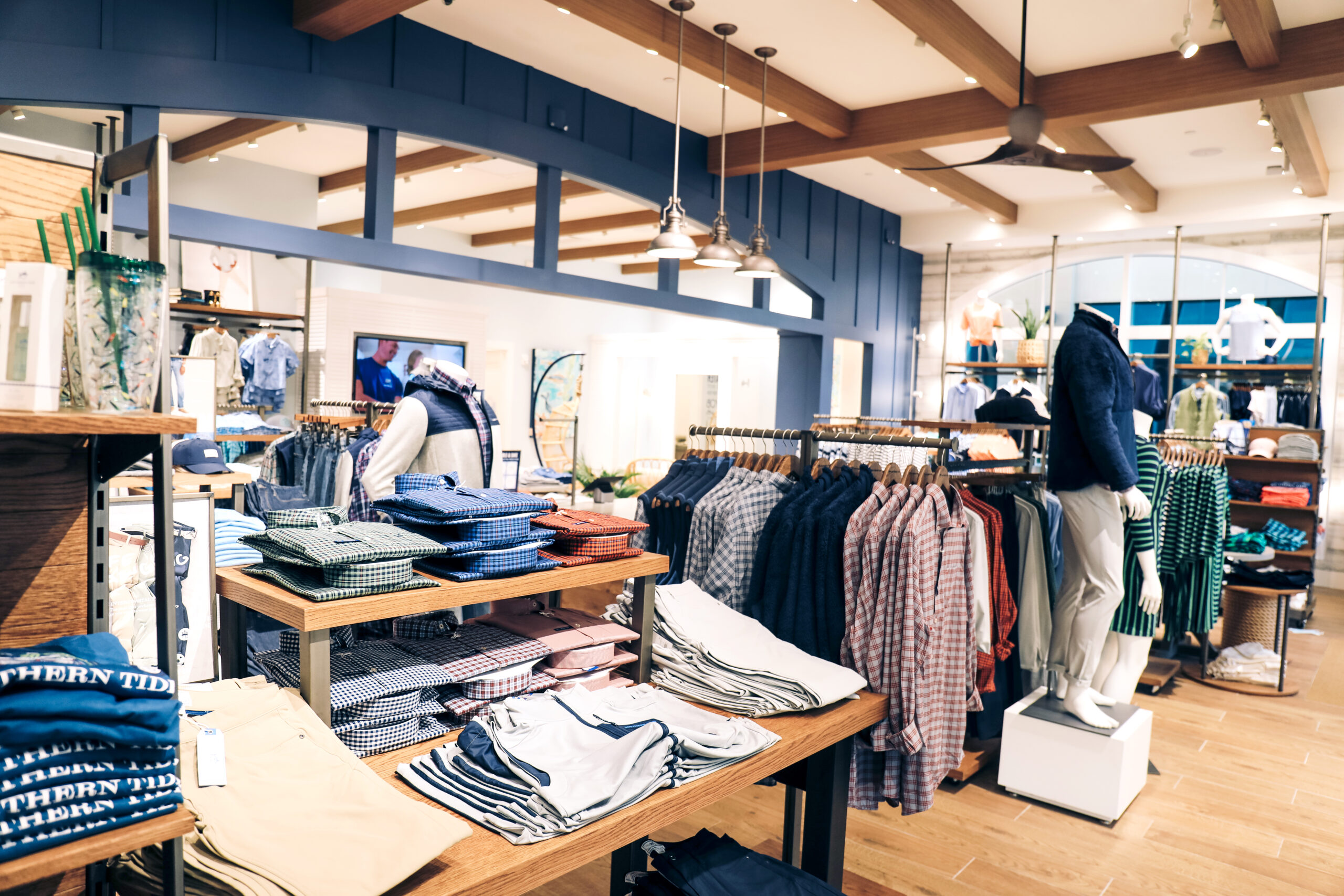With climate change continually shifting and becoming a chronic condition, retail spaces must firmly manage long-term investments for economic growth. In a world of fashion retailing, stores try to keep their inventories closely matched to sales. As global temperatures are rising with intensified storms, retailers can no longer expect the kind of weather they’ve counted in the year’s past. Today, weather has become so unpredictable it’s difficult to foretell what’s to come, causing challenges in making concrete business decisions for retailers.
Many retailers are now working with the new norm of weather unpredictability. They must create systems that are more adaptable to the reality we are facing. For example, warmer winters have caused retailers to reassess the kind of products they want to sell in their stores along with when to sell them. Fashion designers have also reconsidered the style, material and feel of the clothing and products they are creating.
Weather plays a significant role on a company’s profit and sales. It’s a large chunk of their business and it’s important they continually review weather data and analytics to anticipate what consumers are going to need to order. Traditionally, retailers plan their inventories on historical trends – if an item does well in one season, they will expect it do just as well in the following year. However, with the erratic weather patterns, it’s become too difficult to focus on historical trends and making forecasting more difficult.
In 2018, H&M was facing a $4.3 billion struggle of unsold inventory. Profits fell 62% in three months, sending their shares to their closing price since 2005. The company insisted on a plan, saying it would slash prices to reduce the stockpile and slow its expansion in stores.
Recently, NYC’s iconic retail store Barney’s New York filed for bankruptcy, making the luxury department the latest victim of retail cataclysm. Sales have fallen as shoppers now buy directly from the brands and online. The store is also left with out-of-season products or no products at all. This marks the second time that Barney’s filed for bankruptcy as the first occurred in 1996. High rent is also very challenging in New York City and with online competition like Net-A-Porter, REVOLVE, Moda Operandi, Farfetch and more, brick-and-mortar stores have yet another reason to re-strategize their business.
By strengthening supply chains with smart analytics, cognitive behavior and weather patterns, retailers will have a better idea of what to market in the following year. There will always be a degree of unpredictability, but It’s important to be proactive and be prepared to better position and serve your customers. The more attentive you are to the economical, cultural, climate or otherwise changes, the faster your business will survive. It’s better to weatherproof your plan than sit and wait to see what happens in unsafe territory.




